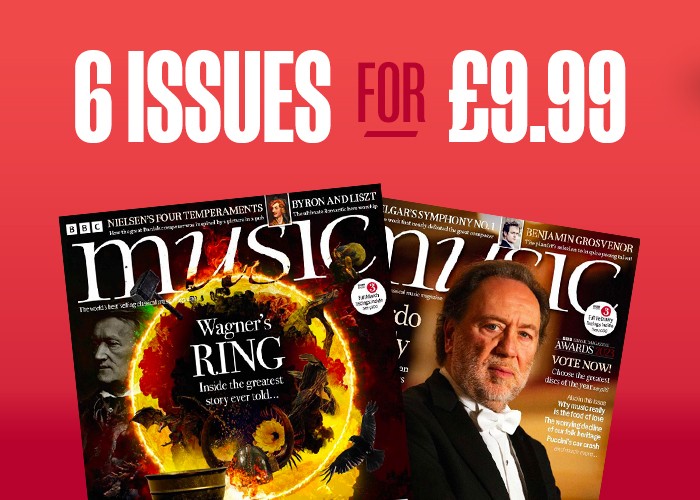The history of French art song
When did French art song first emerge? We dig into the history of this French musical trend and pick out a few composers who helped bring it into the mainstream

What is French art song?
French art song emerged in the 19th century and was largely considered the French equivalent of the German Lied. In time, though, it had established its own artistic framework and style, with the popular lyric poetry of the day – itself bound up in heady Romantic ideals and symbolism – forming the heart of new works.
Which composers are best known for French art song?
Berlioz and Gounod were very much at the forefront of the artform; the former’s song cycle Les nuits d’été is the earliest example. Composers such as Massenet, Saint-Saëns, Bizet and Fauré followed suit and hugely expanded the repertoire.
We recently asked four musicians to name their favourite German Lied.
Watch and listen to Berlioz's Les nuits d'été in a Proms performance by Joyce DiDonato below:
When was French art song popular?
It was in the salon where this music initially found its audience; a thriving middle- and upper middle-class was establishing new trends in music-making and private entertainment. If you were in the right circles, you could easily find yourself at a domestic soirée being entertained by a great opera star of the day. Such intimate affairs were at the centre of Parisian social life, so more and more songs were written and performed for a hungry public.
With the turn of a new century, tastes changed and the popularity of music halls and theatres saw the genre adapt. Romance remained key, but the poetry had perhaps a little more spice and humour, with the likes of Canteloube, Ravel, Yvain and Messiaen taking French song into the modern era.




